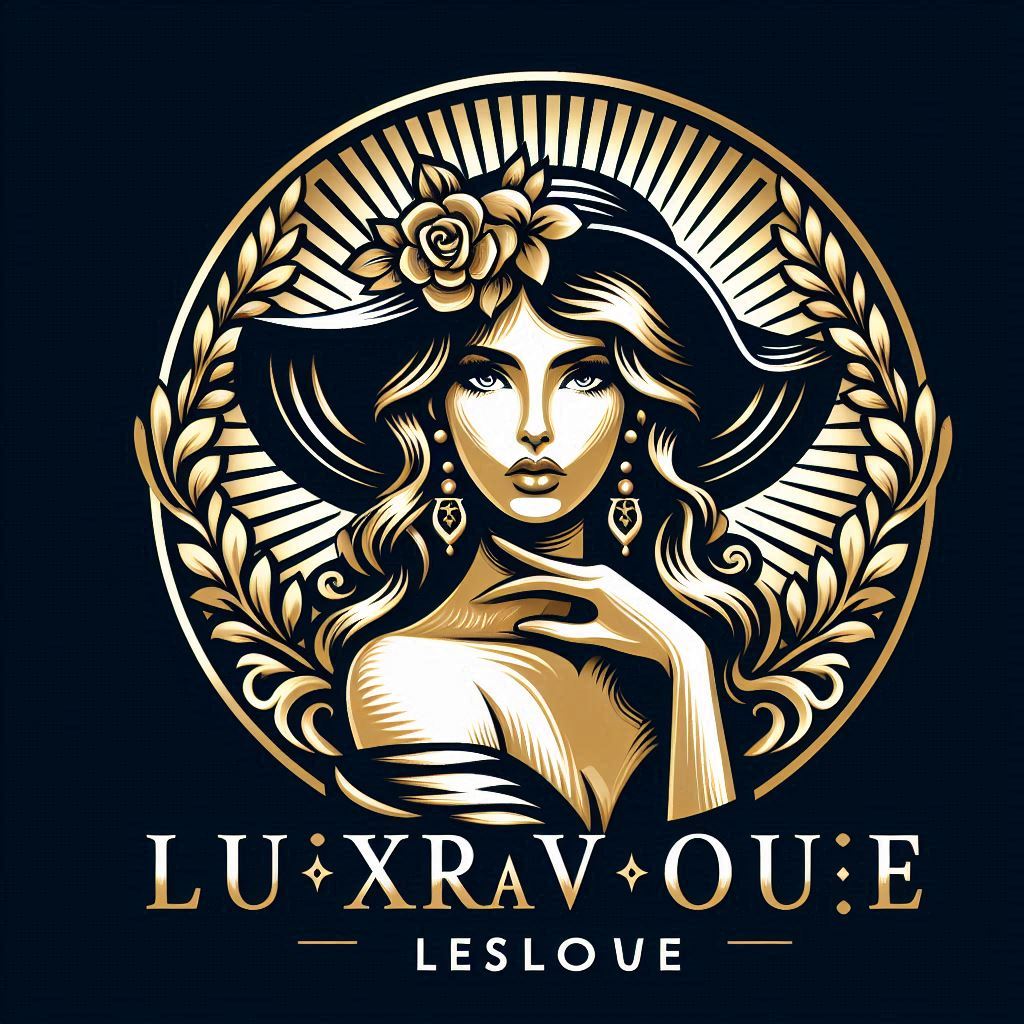
Imagine the days when women’s business suits were all about blending in with the boys. That boxy, stiff look was the norm back in the day, folks. Originally, these outfits weren’t exactly about personal expression or making a fashion statement. They were strictly functional, designed to help women fit into male-dominated workplaces without causing too much of a stir.
Fast forward a few decades, and things started to shake up a bit. It wasn’t just about blending in anymore. Suits started to get the tailored treatment, evolving into something that finally embraced the female form. This shift mirrored broader cultural changes. As society’s perspectives on women’s roles in the workplace and beyond began to change, so did the clothes.
We’ve got to give a nod to the power players who rocked these evolving styles and sparked a trend or two. Think about iconic moments like the Chanel suits in the ’50s that blended femininity with authority, or the badass power suits of the ’80s. These weren’t just fashion choices; they were part of a broader movement of women claiming their space in professional settings.
It’s also interesting to see how significant historical events played a part in this style evolution. From the women’s liberation movements to more recent calls for gender parity, each step forward brought new freedoms in how women dressed for the office. What used to be dull and strictly business is now full of personality, showing just how far women’s business suits have come. A suit today isn’t just about work—it’s a reflection of cultural progression and personal style.
Choosing the Perfect Business Suit: A Practical Guide for Women

Finding the right business suit isn’t just about picking the first thing off the rack. It’s all about getting a suit that’s right for you and your body. Let’s start with understanding your shape and how different cuts can either emphasize or balance out your features. From petite to plus-size, every body has suits that just make it shine.
You’ve got the cut down, now what about the fabric? Fabrics are critical in making sure you’re comfy and looking fresh all day long. Wool blends are perfect for cooler climates, while lighter cottons and linens work for warmer settings. Don’t forget about those stretch fabrics—they can add that extra bit of flexibility when you need it.
What about colors? Workplace settings can vary, but generally, neutral tones like navy, gray, or black are universal winners. But sometimes, it’s worth having a pop of color or a unique pattern. Just keep in mind what’s considered appropriate in your industry. Think of your suit as a canvas—how you use color can boldly claim your individuality.
Once the suit is sorted, accessories play a huge role in putting your entire look together. A pair of classy heels or stylish flats, a sophisticated designer bag, and some tasteful jewelry all work well to elevate your professional game. The trick is not to overdo it—each piece should complement your suit, not overshadow it.
Sustainability is a big deal these days, right? With fashion taking a turn for the greener, it’s awesome to support brands that commit to sustainable practices. Look out for eco-friendly materials, responsibly sourced fabrics, and companies that care about reducing their environmental impact. Every choice counts!
The Role of Women’s Suits in Building a Professional Persona

Ever heard of the ‘power suit’? It’s not just a catchy name – it’s a real thing. Clothes really do make the first impression, and in the business world, a sharp suit can be your armor. It’s more than just fabric; it’s about projecting confidence and capability.
Different industries have their own spin on what’s considered “professional.” A creative field might allow for more colorful or unconventional looks, whereas corporate settings might lean towards classic and conservative styles. Navigating these unspoken rules can be tricky but knowing the expectations of your industry can help you choose suits that fit the vibe – and everyone likes someone who fits the vibe.
Beyond office walls, business suits are a trusted ally in networking events and business meetings. They instantly mark you as someone who knows their stuff and means business. Think of it as silently stating, “Hey, I’m here, I’m ready, and I’m serious about my work.”
Let’s address the whole gender dynamic here too. While the business suit was originally a man’s domain, women have taken it, redefined it, and turned it into something that at once respects tradition and challenges it. Suits now represent empowerment, a challenge to stereotypes, and a firm place at the table.
Crafting this professional persona through suits is all about balance – showing individuality while respecting professional norms. It’s about making a statement without losing sight of the role you play. A well-chosen suit doesn’t just serve a look; it captures audience attention and tells your story quite powerfully.
Future Trends in Women’s Business Suits: Innovation and Inclusivity

The fashion industry never stands still, and women’s suits are no exception. On the cutting edge of fashion, there’s exciting stuff happening with tech-infused suits. Imagine clothing that adapts to the temperature or outfits that can charge your gadgets. Smart fabrics are on the rise, and they’re changing how we think about business attire.
Inclusivity in fashion is gaining ground, and suits are leading the charge. Designers are making sure there’s something for everyone, and not just in size and shape, but also in accommodating diverse cultural and personal styles. We’re seeing more suits that celebrate rather than erase individual identities.
There’s also a shift towards gender-neutral designs, recognizing that fashion can be flexible and largely, shouldn’t be restricted to traditional gender norms. These designs are blending elements once seen as exclusively masculine or feminine into harmonious styles that anyone could rock.
Global trends are pushing the boundaries as well, bringing economic considerations into focus. With everything from rapid economic changes to shifts in consumer priorities, accessibility and affordability are emerging as crucial factors. Future suits are expected to cater to a more cost-conscious yet quality-driven crowd.
Amidst all this innovation, personalization remains king. Suits are becoming highly customizable, letting you tweak fits, fabrics, and even features to suit your personal and professional needs. It’s about creating something that’s uniquely you—each piece a reflection of individual taste and identity.
